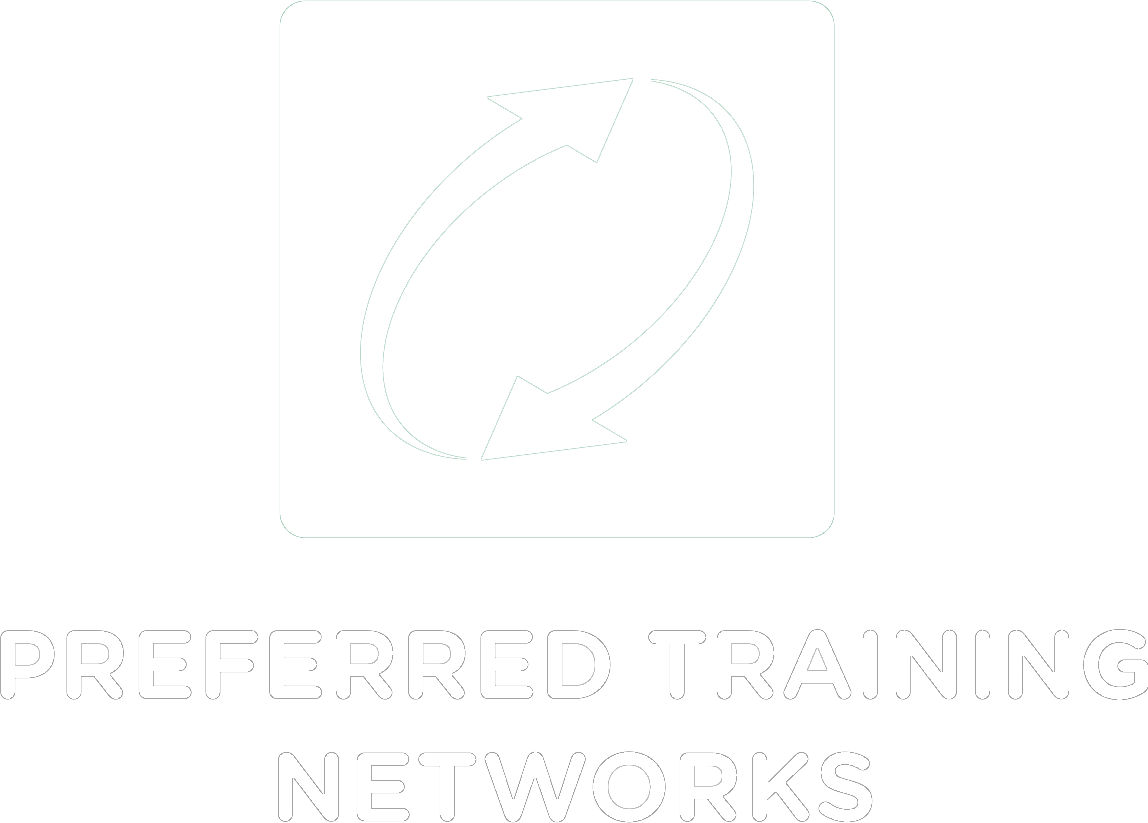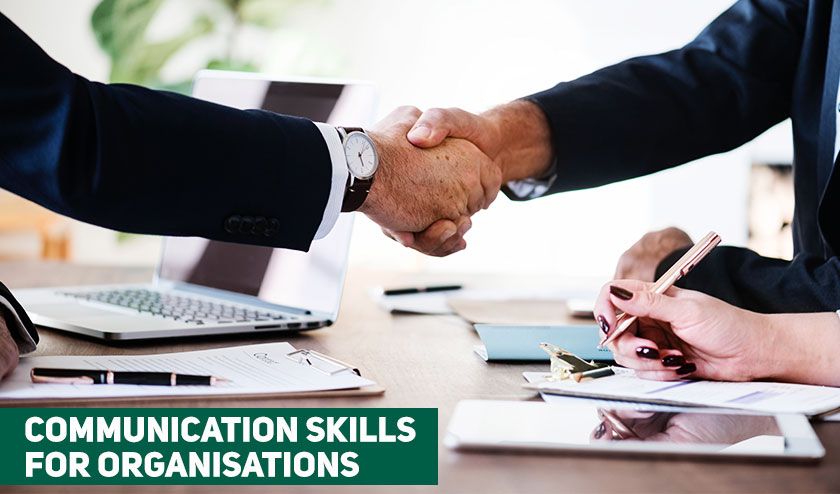Apple employees strived for better hardware products because Steve jobs inspired them. GE’s senior leadership team reached new heights primarily due to Jack Welch’s mentorship. Amazon ethos today is clear to its employees and the world due to Jeff Bezos’s careful articulation.
All these leaders have one thing in common- outstanding communication skills.
In this article, we will look at some ways you can improve your communication skill set and pave your way to becoming a more effective leader.
1. Learn nonverbal communication basics.
According to many studies, 55% of an audience perceived a presenter based on their nonverbal communication. This means that a major part of what you are trying to say is communicated more by physical cues than words.
Adopt a proper posture to communicate confidently and clearly. Avoid making yourself smaller, folding your arms or slouching. Instead, move around the space, try to fill it up and maintain eye contact.
2. Over-communicate to communicate
In the year 1990, a Stanford University graduate student proved that presenters often overestimate how much their listeners understand. According to one study which was known as ‘the tappers and listeners’ one participant set was requested to tap melodies of 120 famous songs. The second participant set was requested to guess the tapped song.
Tappers estimated that the second participant set would at least identify 50% of the tapped songs. However, they were only able to identify 2.5% of the songs. It is evident through this study that it is important to employ clear communication and over-communicate when you share new concepts. As indicated by the above study, there are chances that your audience would have grasped less than you expect.
3. Avoid using visual aids
At Apple, Steve Jobs instituted a rule that banned PowerPoint presentations. Sheryl Sandberg, from Facebook, also instituted a PowerPoint ban. These leaders had realized that PowerPoints presentation hinders communication more than helping it.
Use nonverbal cues, compelling storytelling and words to effectively communicate your point to the audience. Do not use visual aids unless it is absolutely necessary.
4. Request honest feedback
A critical aspect of becoming a better communicator involves receiving feedback from your team members, managers and peers. When you solicit feedback regularly, you discover areas that require improvement which would otherwise have been overlooked.
5. Engage the audience
No matter how interesting the speech or how compelling the speaker, the attention span of the audience is severely limited. Discussions and presentations need to be interactive to become an effective communicator.
Ask questions to the audience, encourage people to voice their thoughts during brainstorming sessions or stimulate the audience by asking hypothetical questions. These tactics are a great way of keeping the audience engaged.
6. Begin and end using key points
From what we have gathered from the ‘tappers and listeners’ study stated earlier, communicating clearly is very important. To make sure audiences understand the core information from a presentation, repeat key points both at the opening and the finish. Providing the audience with one-pagers which include key points of the presentation can help accomplish this.
7. Utilize the PIP approach
Business experts like McKinsey use a common framework- PIP (purpose, importance, preview) while introducing their presentations. In this approach, the speaker mentions his presentation’s purpose first and then shares the importance of his presentation by reviewing possible outcomes and implications.
Lastly, the presenter provides a preview of points that are going to be discussed. The PIP framework is a great way to excite the audience and let them know what they can expect from the presentation. It also helps them focus on key takeaways and the overall message.
8. Record critical presentations for later
Communicating effectively takes a good deal of energy and time. In situations where the same presentation needs to be given multiple times, record it and share it in the future.
Using platforms like Zoom and Wistia, speakers can record themselves during a presentation. Such video-recording platforms enable presenters to make video edits to produce a more helpful and engaging video. The platforms also give the admin information on viewer engagement metrics.
Recorded presentations can be extremely helpful. Communicators who may need to provide regular training- for instance for a growing company which is quickly hiring new employees, recorded presentations save precious time and energy.
9. Mastering the art of timing
While a few of their jokes may not be suitable for the workplace environment, standup comedians, absolutely are effective communicators. Comedians such as Dave Chappelle and Chris Rock are quite able to host interesting 90-minute comedy shows, mostly since they are masters in the art of timing.
Similar to great communicators, great comedians can assess their audience and determine when to speed up, slow down, move to a new topic or when to repeat an idea.
10. Practice spontaneous speaking
In the United States Supreme Court, when a lawyer presents a case, they usually speak extemporaneously. In more simple terms, the lawyers note down the topics they need to discuss but do not prepare or memorize a speech word for word.
This communicating method enables the lawyers who are presenting the case to go through all the key points while getting the flexibility to communicate based on audience questions and reactions.
An extemporaneous speaking style would greatly benefit business communicators. With practice, the spontaneous speech will allow more natural communication that helps keep the audience engaged.
11. Know your audience
It is vital to know your audience first to communicate effectively. Each type of audience it different, they will inhibit different preferences and speakers should consider cultural norms while communicating. One good way of understanding expectations is the ask your audience to mention good communicators from their organization.
12. Improve audience retention by adding novelty
According to a recent study, people usually retain much more information when they are presented with a novel situation instead of a routine one. To get your audience to retain information, consider including a novel event or situation into your presentation. It could be something surprising or funny. This is sure to help you put your point across without losing the audience’s focus.
13. Try to earn respect more than laughs
A proven method to make friends in a new professional setting is through lighthearted chats. While it can be tempting to use this tact in your presentation, it is crucial to earn your audience’s respect as well. A successful communicator is marked by his ability to gain respect rather than laughs. While it can be effective to warm up an audience with a couple of jokes, avoid finishing up your presentation with a laugh.
14. Become a listener
One advice Richard Branson had for business people who wanted to connect with others is ‘Listen more than you talk’. For effective communication, listen to what others are saying first. You can then provide a thoughtful answer which shows you’ve taken the speaker’s ideas into account.
Conclusion
As a business leader, clear communication is of the most beneficial skills you can achieve. Remember to use verbal and nonverbal cues while communicating. Listen to what others say carefully, and include novel events and over communication methods to make sure the conversation content is retained with the audience.
Keen about improving your communication and presentation skills? Visit www.preftrain.com.au, Over 300 professional development courses and facilitators recommended by managers from Australia’s top 500 companies.


